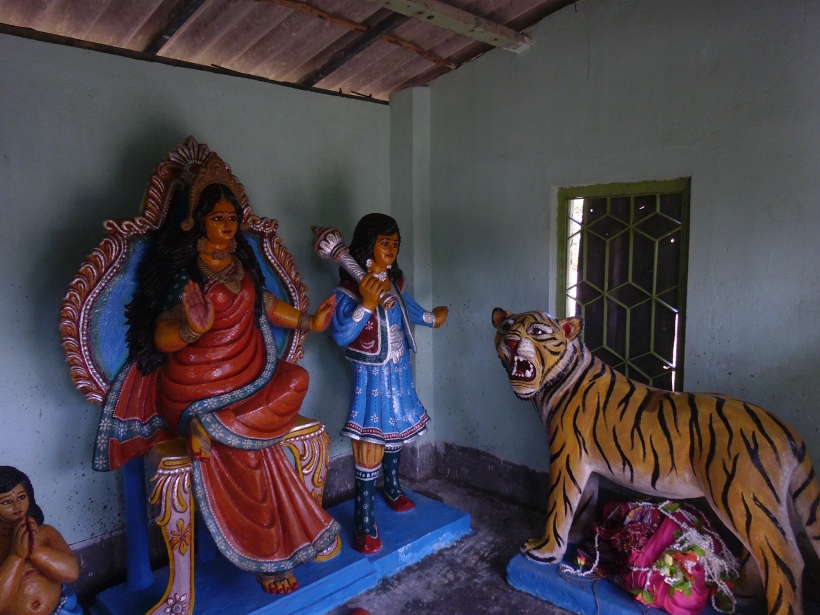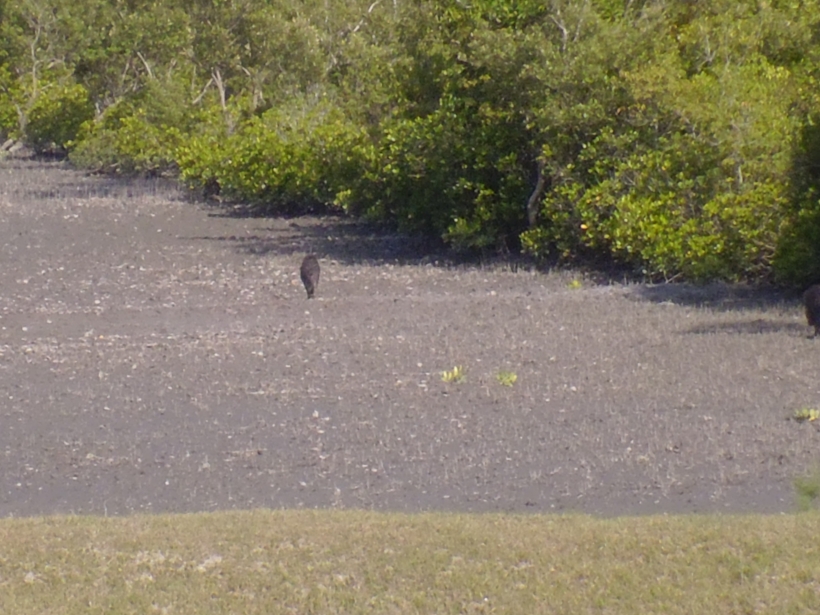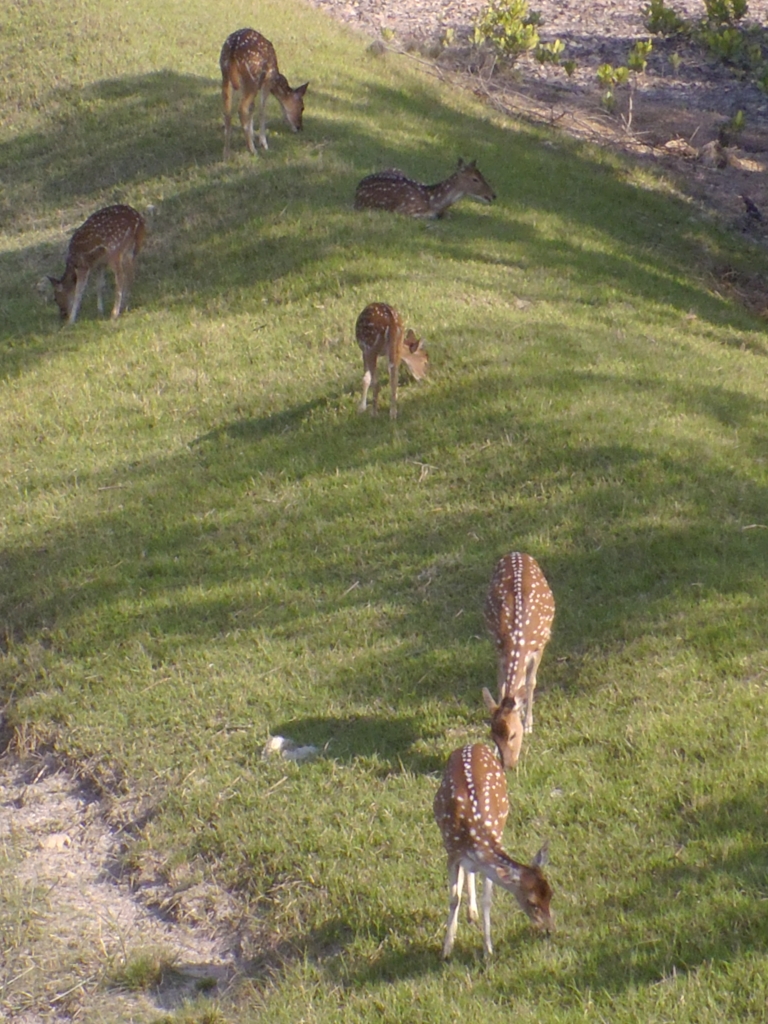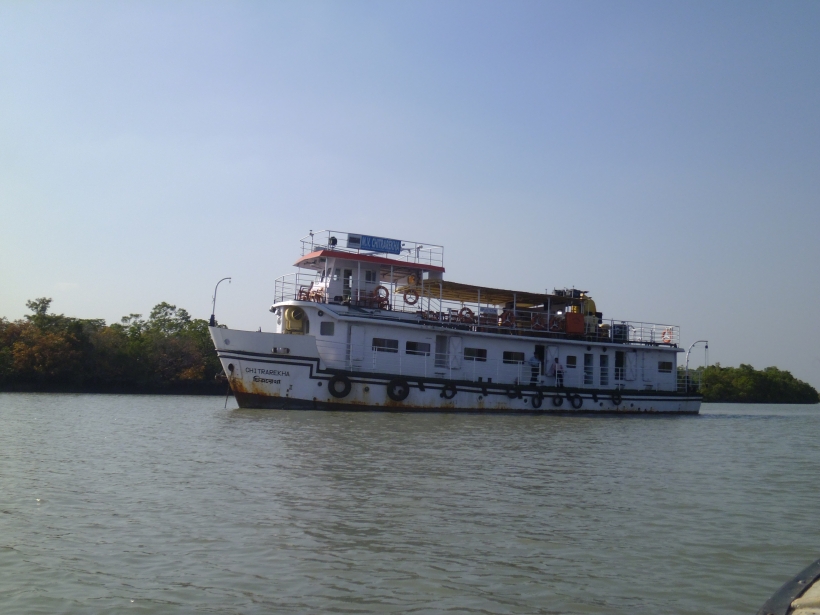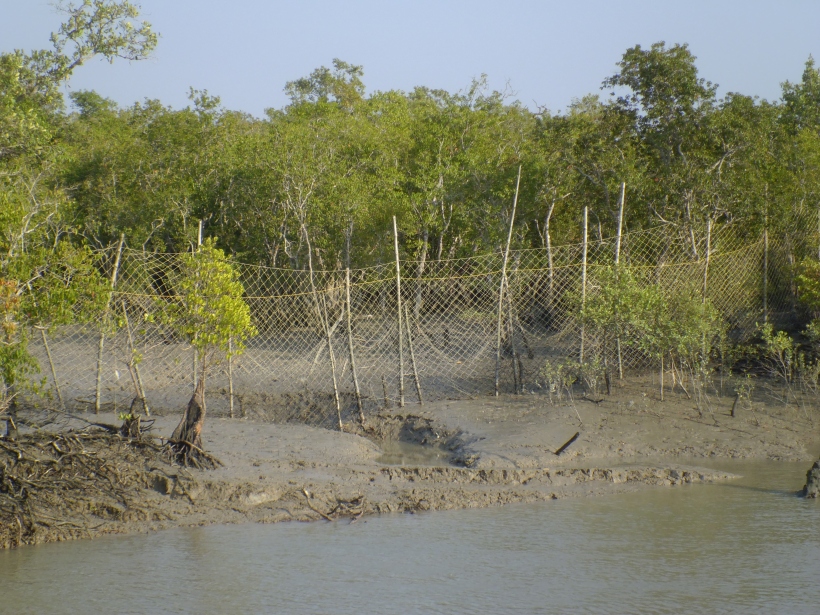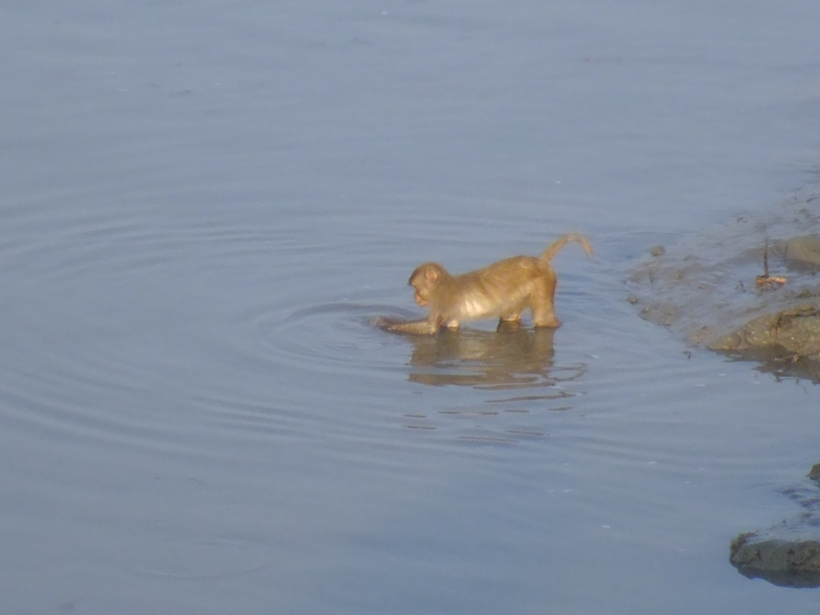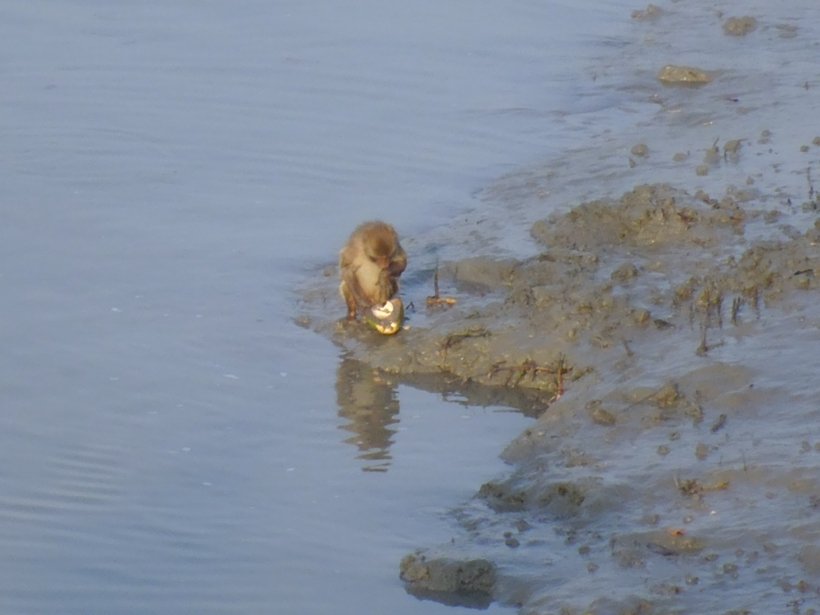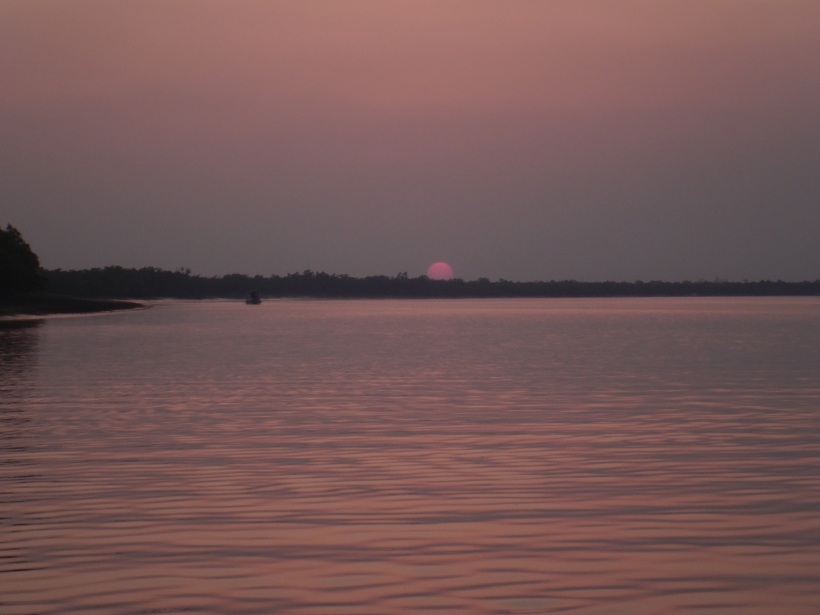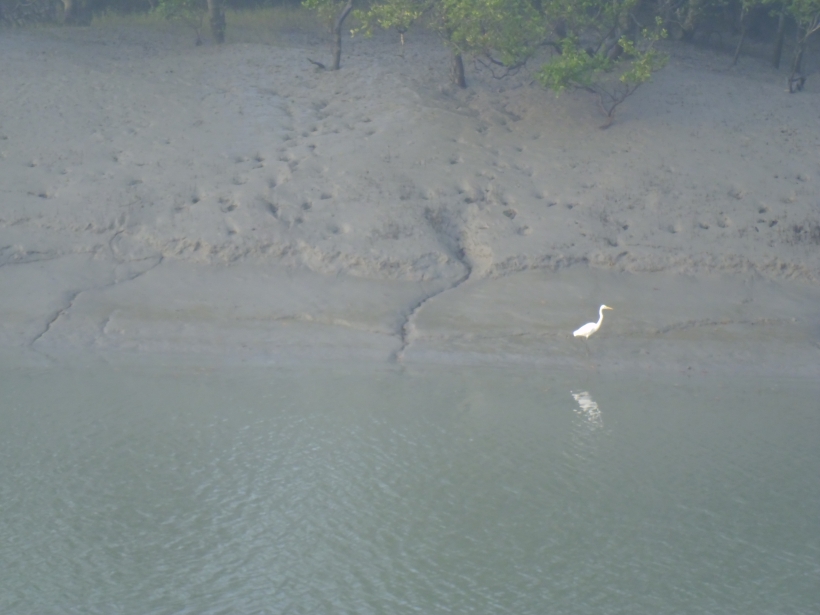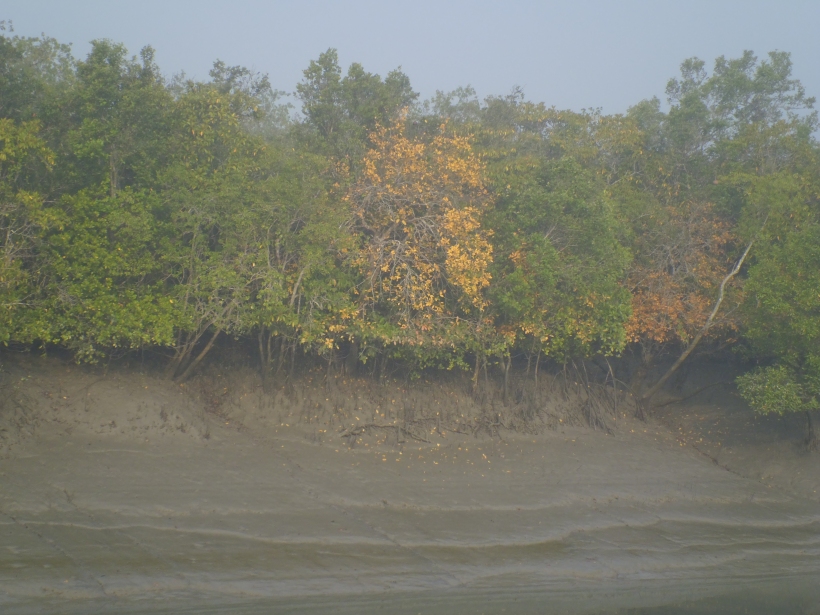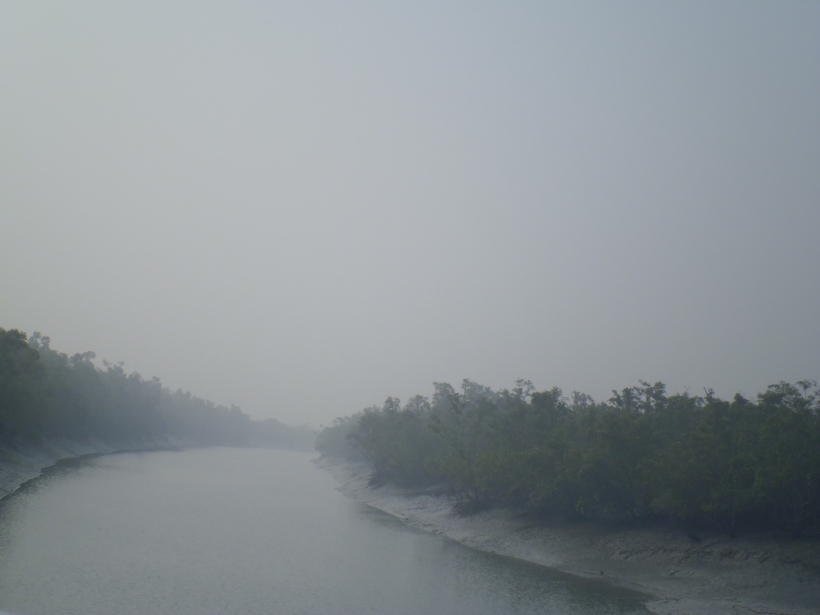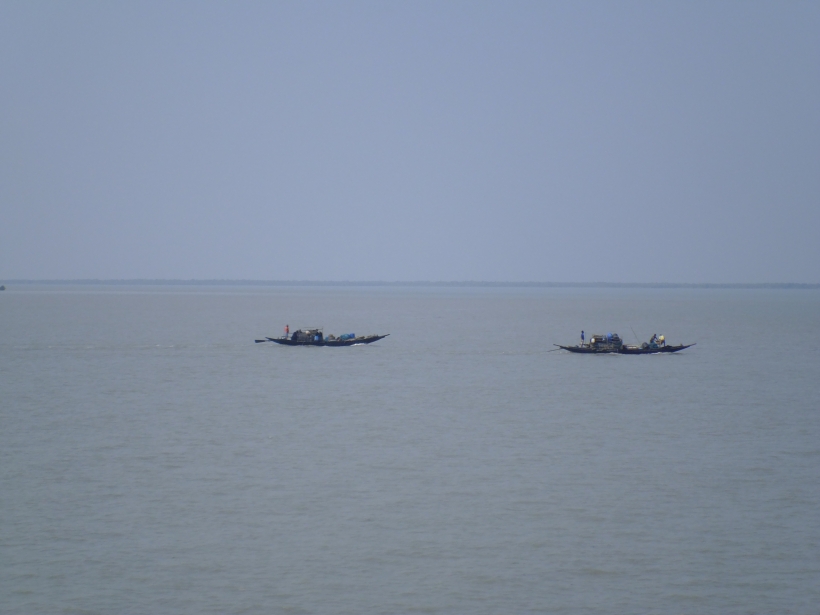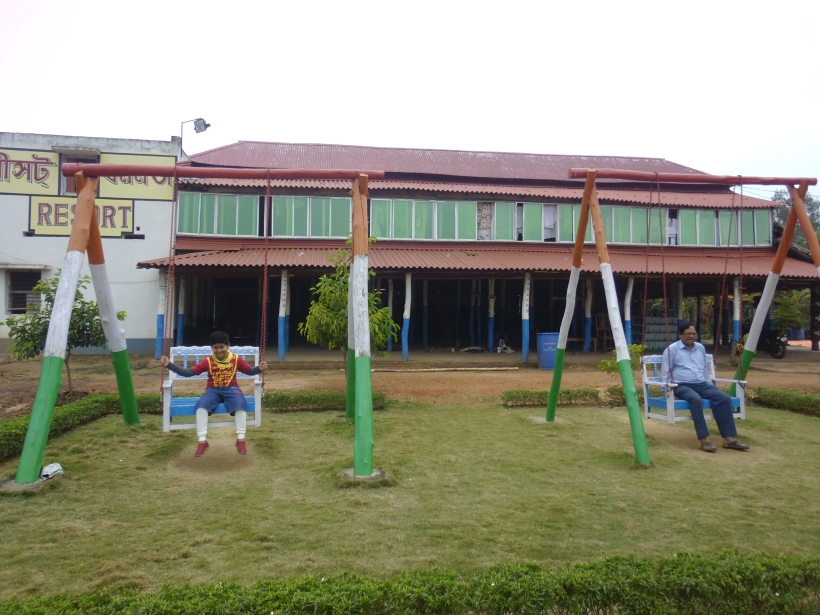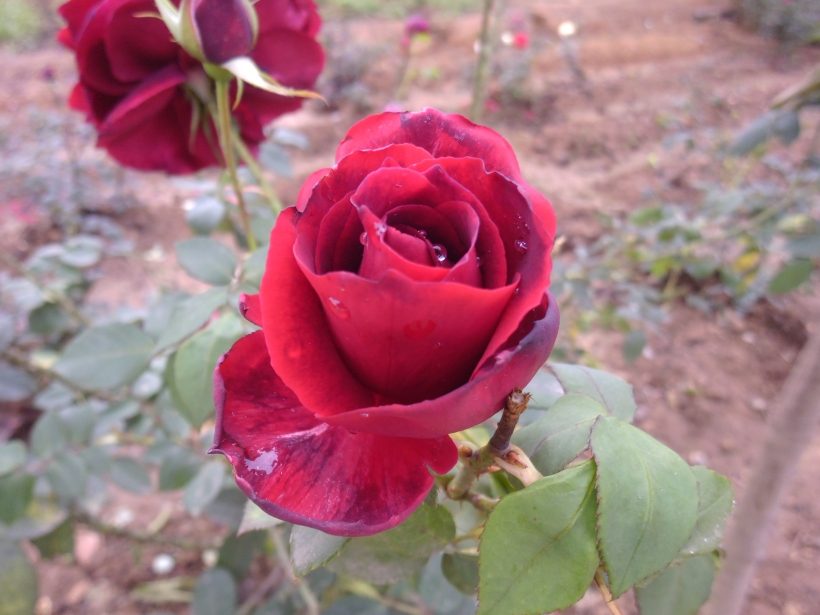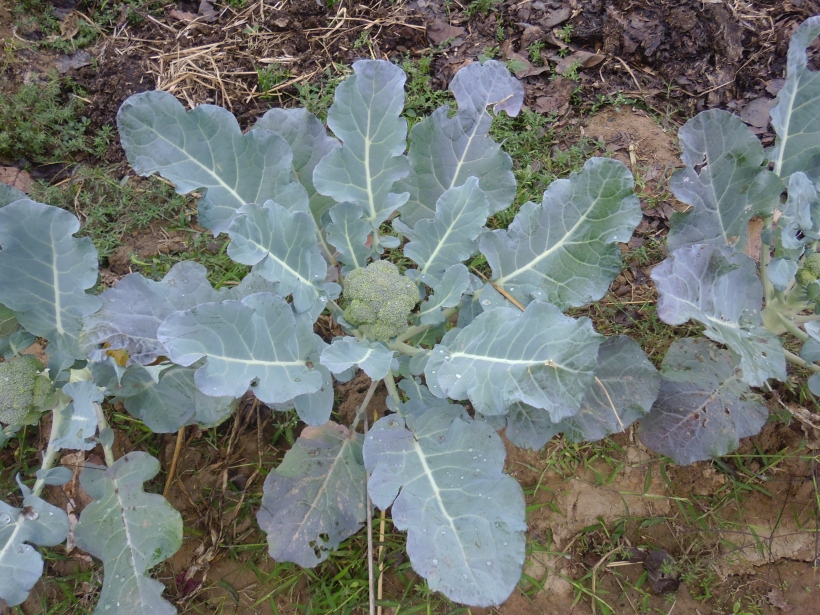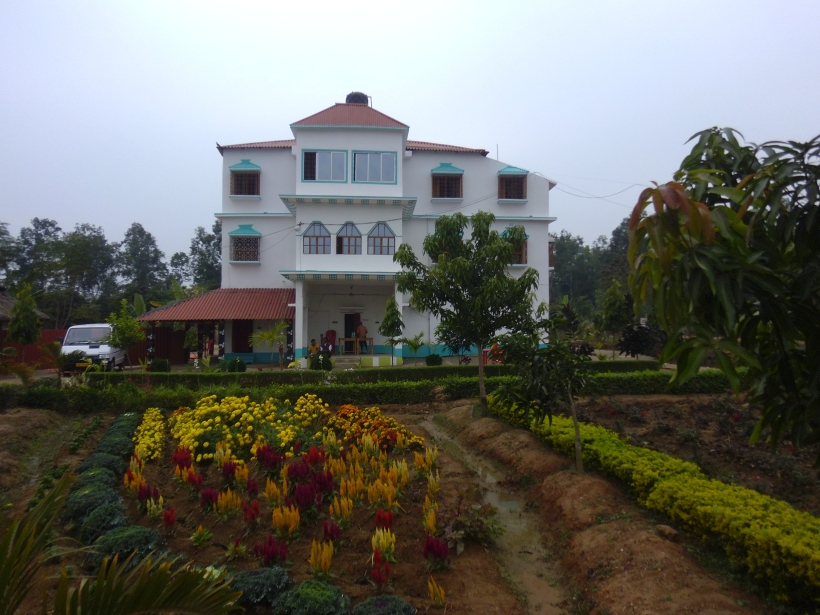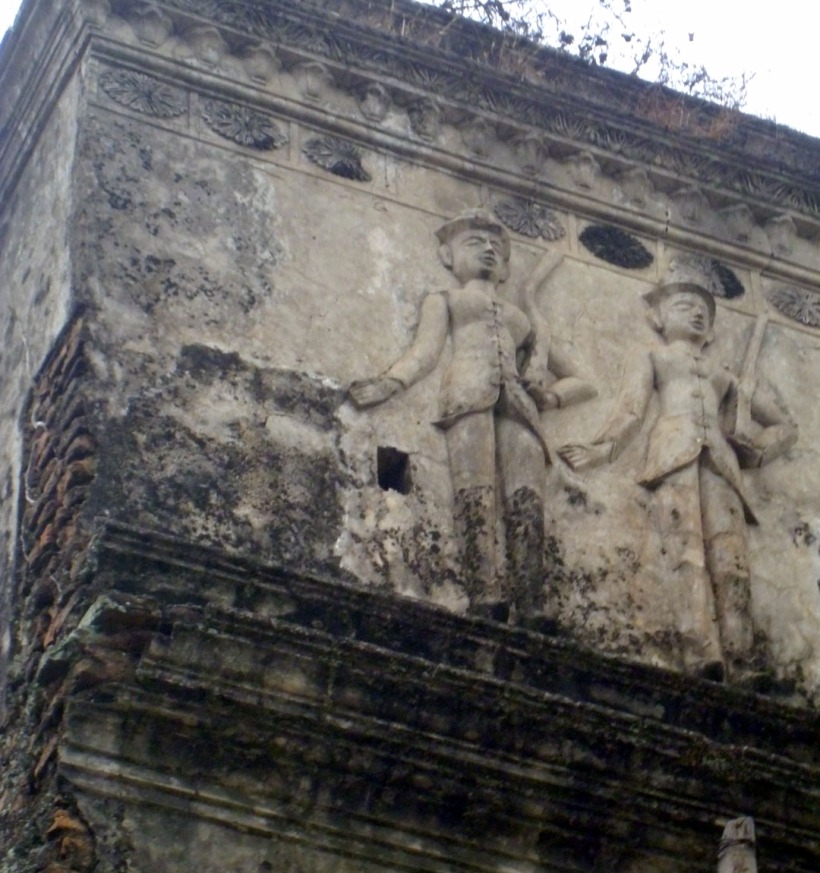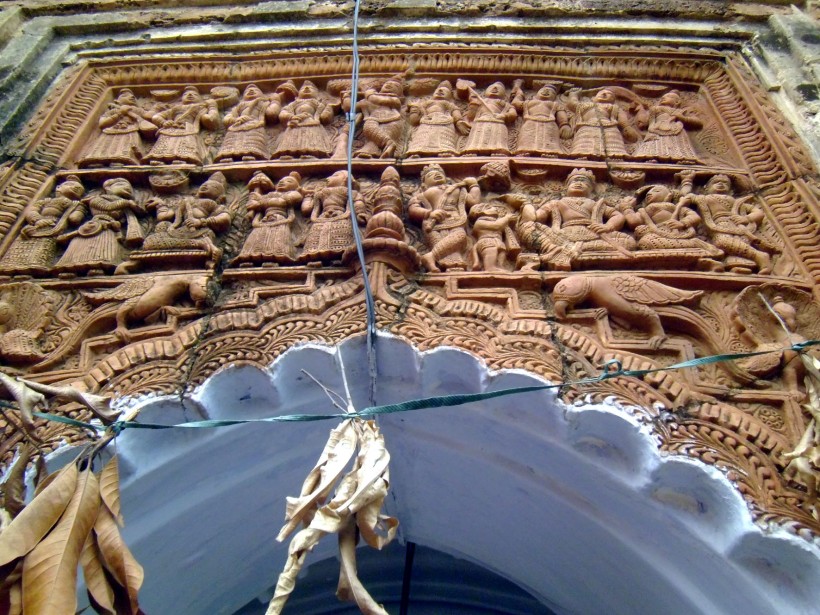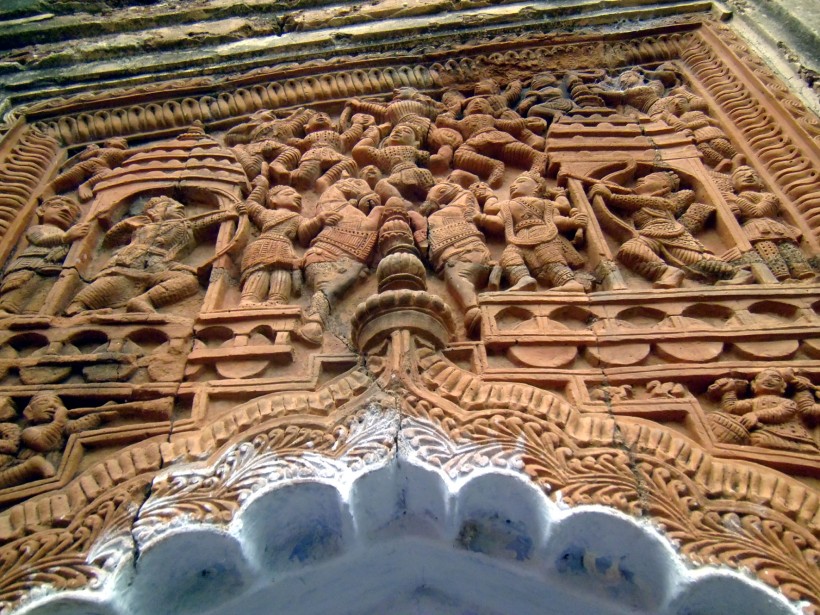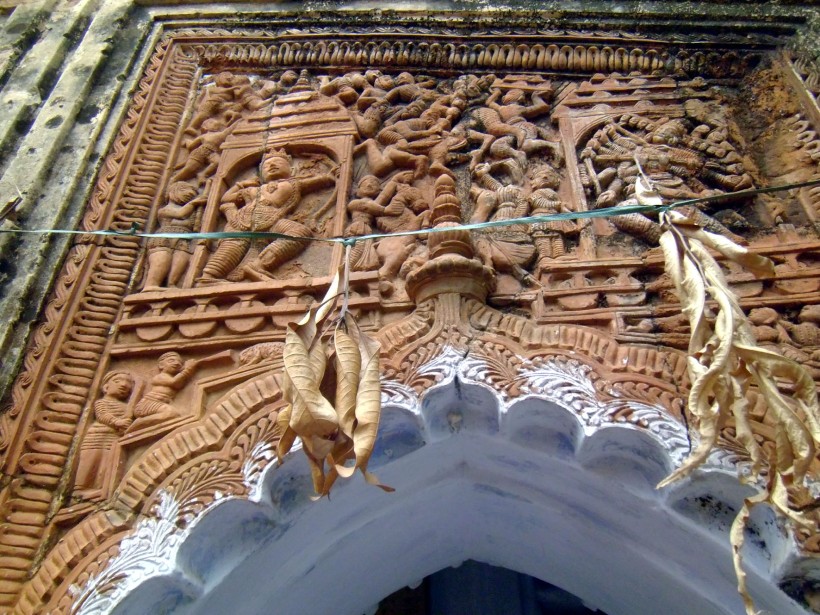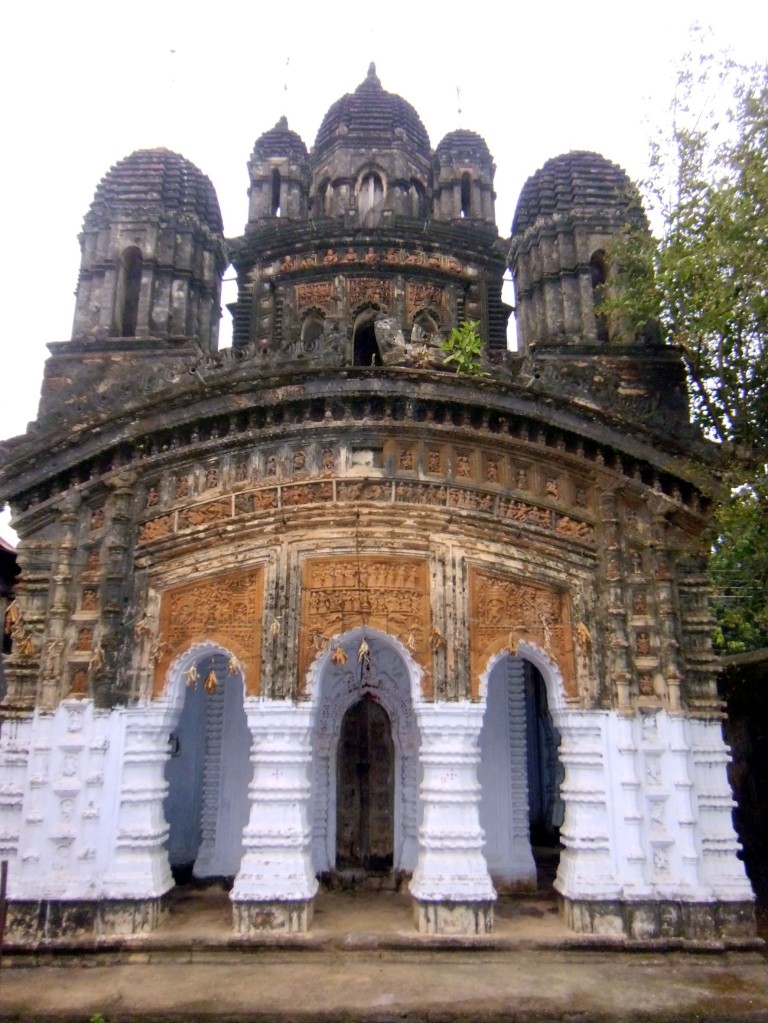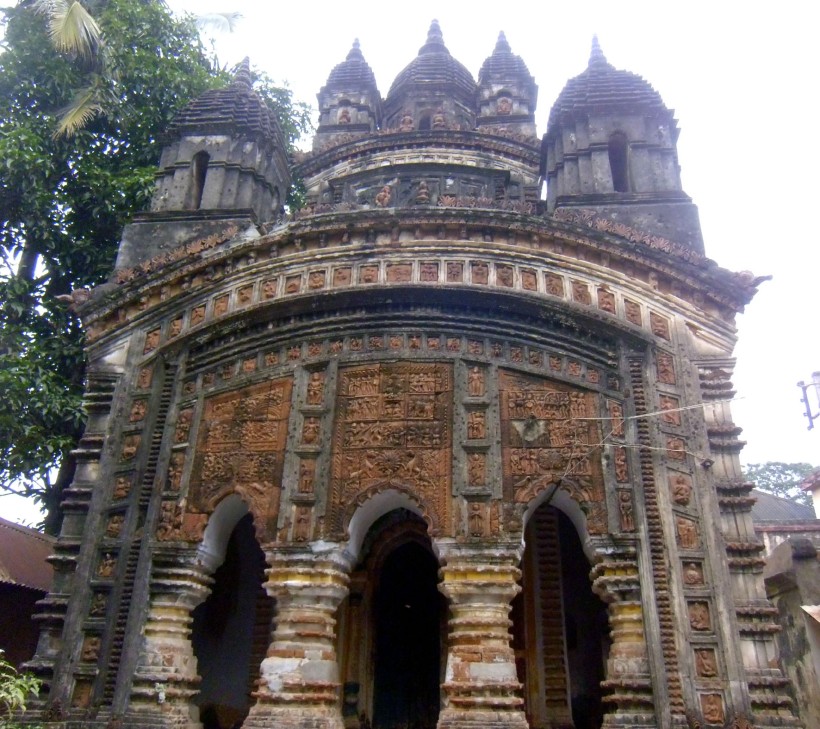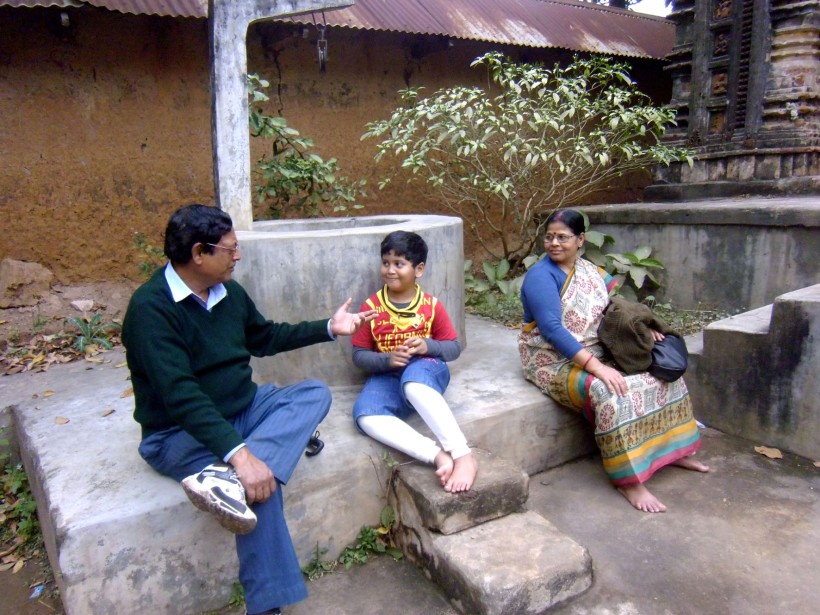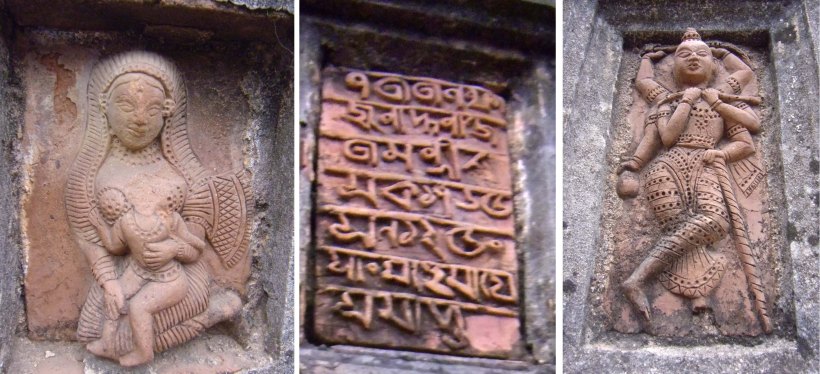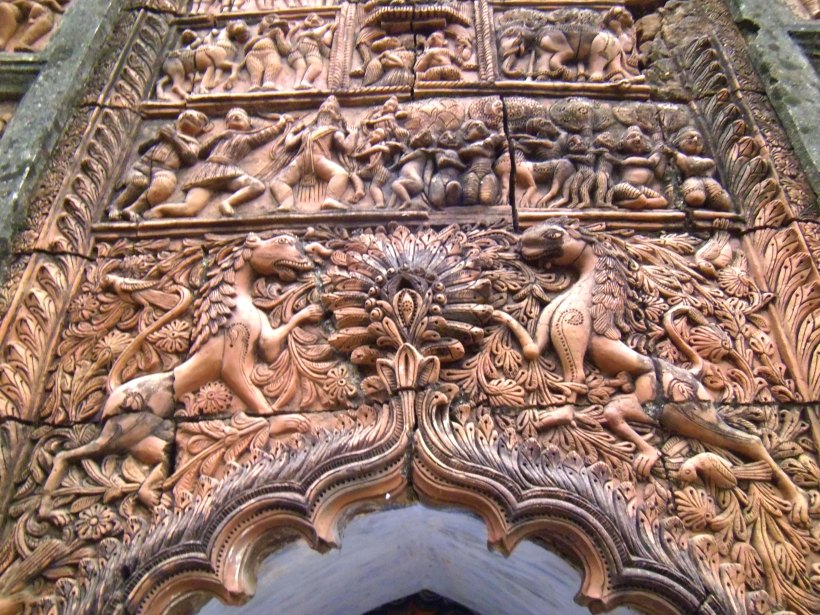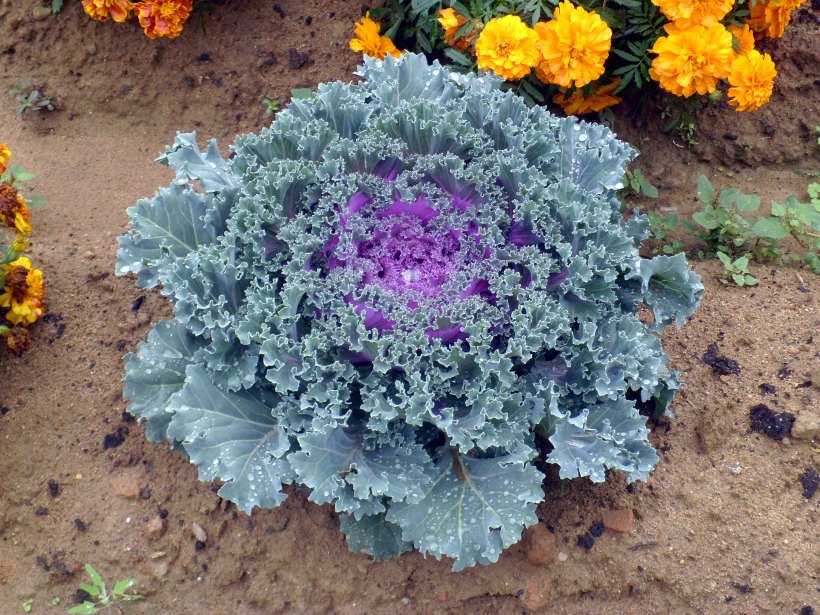The Beginning
When we planned a trip to Kashmir and purchased the air and train tickets on 11th June 2016 we expected to complete the tour smoothly. On 9th July 2016 we saw in the newspaper that Burhan Wani has been killed at Kokernag, Kashmir valley. We never anticipated that the fallout of this incident will have on our tour. On 10th July 2016 I visited the Travel and Tourism fair to talk with different hotel owners and tour operators of the valley. And then all hell broke loose. We lost hope of visiting the Kashmir valley.
When we started planning the alternate locations we found the tribal circuit of the Himachal Pradesh as a wonderful adventurous tourist destination. My cousin brother and childhood pal Nantu(da) helped me to finalize this location. However, it was too many places to be covered within a span of 10 days. But we agreed to explore this destination, and what an adventure it turned out to be!
Outline
We planned the following tour plan. Although it was tough, we completed it. Here is an outline for those who would like to plan a few days in the lofty mountain desert.
Day 1: 30th September 2016 (Friday) Started at 8:00 from Baguiati, Reached NSC Bose Kolkata airport and boarded AI – 21. It turned out to be Dreamliner 787. Reached IGI Delhi at around 12:15 pm. Fare Rs.12,570/- for three of us. The request for car to Shilma via Wiwigo was accepted and the driver met us at the airport parking. It was Rs, 4781/- for dropping us at Kiarighat (plus airport parking charge of Rs. 180). We took our lunch after Panipath. We had to change cars at Chandigarh wait for 20 minutes and then resumed our journey at quarter to seven. I paid the full amount to Mr. Singh. The new driver (Mr. Rajesh Mobile no:9459200896) was a better person and after a few stop over reached Kiarighat HPTDC at 10.00 pm. It was quite late and the gates were locked. With the help of other boarders we called the staff who welcomed us. We had a quick dinner which the friendly staff of HPTDC arranged for us even at the late hours. My son had a rough day as the food served on board did not suite him. He vomited a number of times during the day and felt sick. After dinner he quickly went to sleep.

Prakash Thakur (left) with a Kiarighat guest house staff
Day 2: 1st October 2016 (Saturday) Shri Prakash Thakur (Contact:9418555276/9805612470) met us at 8:30 in the morning with his Innova. He was our driver for the rest of the tour. Kiarighat is a nice dreamy village with the beautiful Apple cart Inn, the HPTDC guest house. We had a good breakfast comprising of Alu-parathas.
We left Kiarighat at 9:15 and started for Sarahan. After moving through the crowded streets of Shimla we had lunch at a Hotel near Kufri. We stopped briefly at Rampur Palace, had tea and reached Sarahan at 5.00pm. We had booked our stay at the Bhimakali Mata Mandir Guest House. At Rs.500.00 per day it was the best deal one can ask for in the area. We visited the temple in the evening. Dinner was available at the temple premises @Rs.70.00 per head.

The Rampur Palace

The Bhimakali Temple
Day 3: 2nd October 2016 (Sunday) After a quick breakfast we started for the bird sanctuary at Sarahan.We had to turn down the offer for Bhandara (Prasad offering for all people) at temple premises as we would be late in reaching Chitkul otherwise. After a quick visit to the Bird sanctuary (which opened just a day before) we came down from Sarahan and reached Sangla after 2pm. However, we could not find any descent restaurant there and had to satisfy ourselves with Tibetan momos and chow. Even the Bisleri bottle we bought smelt of kerosene. However as we crossed Sangla the valley appeared with all its beauty. When we reached Chitkul we could easily locate our hotel Alpine View, just across the only telephone tower of Chitkul. But there was nobody to welcome us. The hotel was locked and nobody appeared when I shouted. My cellphone (vodafone) towers had vanished. So our driver Prakashji helped us to make a phone call to the numbers on the booking slip. (I had booked this hotel over internet and had earlier called them for confirmation). Now the voice over phone asked us to come to some place which Prakashji understood and drove accordingly. After a few minutes of driving we entered the Chitkul village. Again after calling over Prakashji’s BSNL phone the hotel fellow appeared. Another person led us back to the earlier stopover point and showed us into our rooms. A light drizzle has started and we took shelter in the hotel room. The room was very basic and we were the only boarders. After a while the most beautiful rainbow appeared and we stepped out for visit to the China boarder. On our way back we went down to the Baspa river and the visited the Chitkul Kali Mandir. We returned back long after sunset and waited patiently for the dinner.

The beautiful Chitkul
Day 4: 3rd October 2016 (Monday) I again had a poor nights sleep probably because of poor oxygen. I went out in the morning and enjoyed the beauty of Chitkul. We started at 0830 am and after a hearty breakfast we started our journey to Kalpa. On the way we stopped at Sangla. We climbed uphill to Kamru Fort.

The Kamru Fort
There a beautiful lady gifted two apples to us. On way to Kalpa we stopped at Recong Peo for lunch. After seeing the standing buddha at Recong peo we reached Sun and snow cottage of HPTDC. This was the best accommodation we enjoyed in the entire tour. The view from the balcony was great.

Day 5: 4th October 2016 (Tuesday) We started at 830 am in the morning and after traveling through Pangi, Spello and Pooh reached Nako. We had a good lunch comprising of daal and rice. We visited the Nako Lake and started our onward journey.
The Nako Lake
We crossed the dreaded Mulling Nullah and took diversion after Sumdo towards Gue Village. We visited the Gue mummy. We stopped at Hurling for afternoon tea. We reached Tabo just after sunset. We stayed at Siddarth Hotel with warm hospitality of Mr Dharmendra.
Day 6: 5th October 2016 (Wednesday) After breakfast we visited the famous Tabo Mud-Monastery. The paintings and carvings in the monastery were very beautiful. We started for Dhankar Monastery. Reaching the new monastery we made ourselves comfortable with a nice rice and daal lunch. Then we went to visit the old Dhankar Monastery.
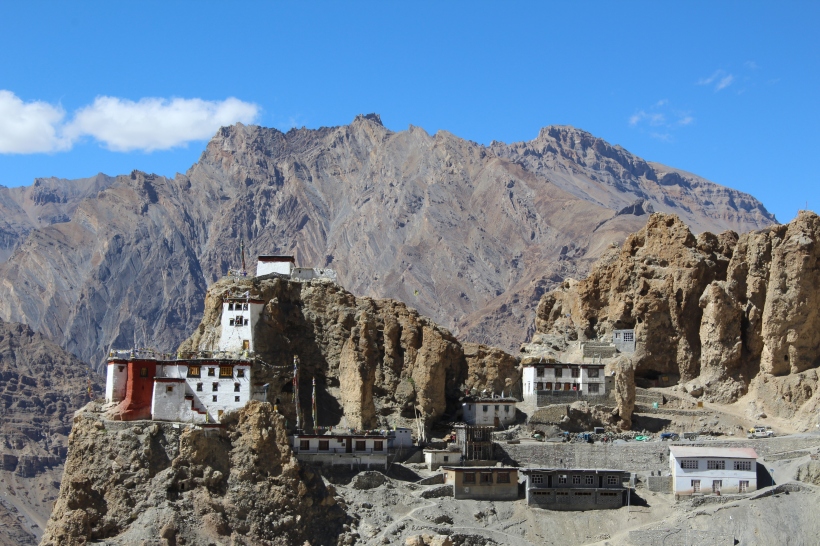
The Dhankar Monastery
After visiting Dhankar we skipped the Dhankar lake and proceeded towards Kaza. We skipped the Pin Valley National Park also and reached Kaza in the afternoon. We took rest for the oxygen level at The Spiti, HPTDC was better for us.
Day 7: 6th October 2016 (Thursday) We went to Kibber Monastery, Key Monastery and Langza.

The Key Monastery
Langza is a wonderful village that was once buried under the Tethys Ocean. When the mighty Himalayas were formed this place was pushed up and is evident from the numerous fossils available in this village. A beautiful mountain peak is visible from this village is called Chau Chau Kang Nilda. A story was told by a local priest who showed us the monastery of Langza.

The Langza valley Medicine Buddha and Chau Chau Kang Nilda
The story of Chau Chau Kang Nilda the peak behind Langza village.
Chau Chau means princess, or Rani Maa, Kang is a snow-capped mountain,
Ni or Nima means sun and Da or Dawa means moon.
So this is the princess mountain on which the sun & moon shine.
This story starts years ago. Langza village gets its water from this mountain’s stream so every summer someone was sent to check the stream and remove any obstacles. They also had to watch over the stream through the season.
One day Landup, a lazy man, was sent to check the stream. Landup enjoyed playing his flute. So off he went to the base of the mountain. After he had checked the stream he sat down by it to play his lute and was soon lost in its music.
After finishing his piece he opened his eyes to find a beautiful woman standing before him. She stared at him transfixed and slowly said. ‘I love your music would you play for me again.’
Landup couldn’t say no to such an ethereal beauty so he started to play again.
The beauty told him after he finished that she was the Chau Chau Kang Nilda fairy. She would like him to come often and play. Landup agreed and left at the end of the day. From then on he kept trying to get the job to check the stream. Over the season they fell in love and continued to see each other during the summers that followed.
It was during the winter a few years later that Landup was lazing about after drinking. His wife saw this and reminded him of some work he had to do. Drunken Landup got upset and shouted back that he rather be with the Chau Chau Kang Nilda fairy who didn’t ask him to work. To this his wife asked him to stop dreaming but by then Landup had passed out.
In the morning Landup woke up covered in boils & pain. He then remembered what had happened the night before & also remembered that the fairy had asked him never to mention her.
Now he was really worried, the boils marred his handsomeness & he tried everything through winter to be rid of them. But nothing worked.
As soon as summer came & he was no longer house bound he ran to the stream. He played his lute, called out, cried & even screamed but the fairy didn’t come. He never saw her again. And every time he went near the mountain the weather turned nasty & he had to turn back.
Even today when a man tries climbing up Chau Chau Kang Nilda the weather turns nasty. It is said the fairy is still nursing her broken heart and will not let any man come near her.
We returned to The Spiti and took a late lunch. We again settled down preparing for the longest day the day eight.
Day 8: 7th October 2016 (Friday) Started our journey at 6 am in the morning. Stopped at Losar for breakfast. Crossed Kunzum la at 10 am.

Top of the World: Kanzum La
The drive to Chandra Taal and the trek was very adventurous.

The treck to Chandrataal

We returned from Chandrataal and reached Batal to have the lunch with rice and musoor daal. We left Batal after 230 pm. The road from Batal to Chatru was very perilous. We reached Grampu at 630pm, crossed Rohtang La at 700 pm and reached Manali at 830 pm.
Day 9: 8th October 2016 (Saturday) We started from Manali after visiting Hadimba Temple, reached Nicholas Roerich Art Gallery at Naggar. After having our lunch we visited the different art galleries. We made a brief stop at Kullu for shopping. We stopped at hotel — when we reached Mandi.
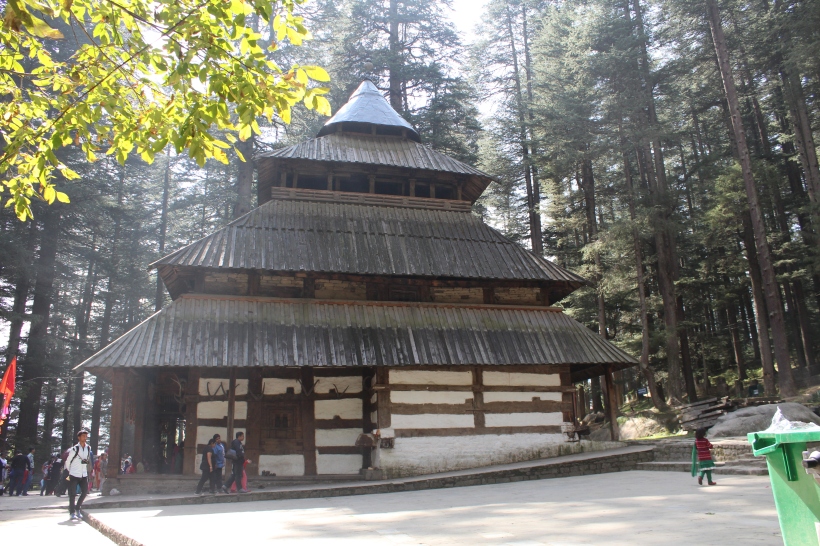 Hadimba Devi Temple
Hadimba Devi Temple

Roerich Art Gallery at Naggar
Day 10:9th October 2016 (Sunday) We started from Mandi at 9:30 and reached Chandiarh at 5:30 in the evening. Checked in at Hotel White in a OYO room. Here we said goodbye to Prakash Thakur. It was a uneventful evening we spent in a cosy company. My son recovered from the fever that started at Mandi. And we looked at the photos we took along the tour. After an nice dinner we went to sleep happy to complete the tour successfully.
Day 11: 10th October 2016 (Monday) Chandigarh to New Delhi by Chandigarh Shatabdi Express. Boarded Sealdah bound Duronto Express.
Day 12:11th October 2016 (Tuesday) Reached home after 2 hours of scheduled time of 12 noon, due to late running of train.
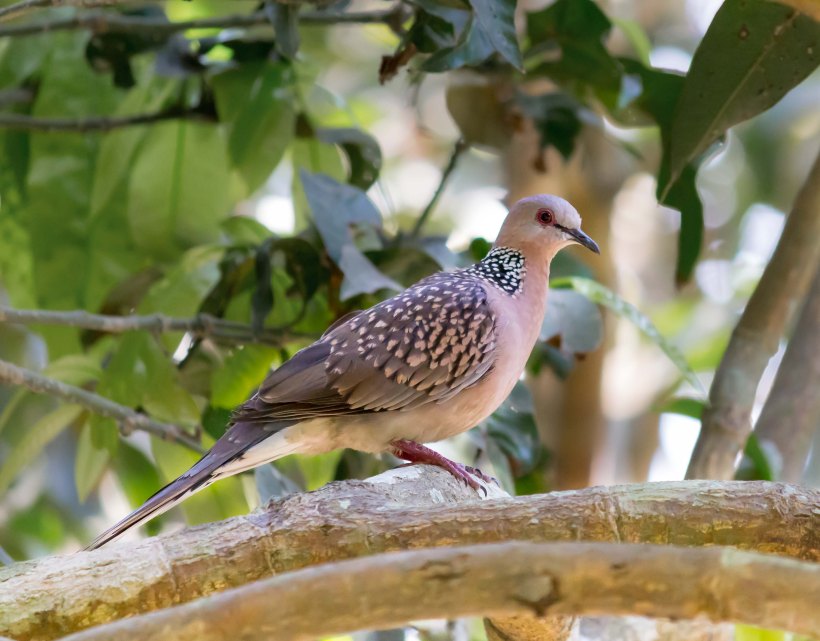
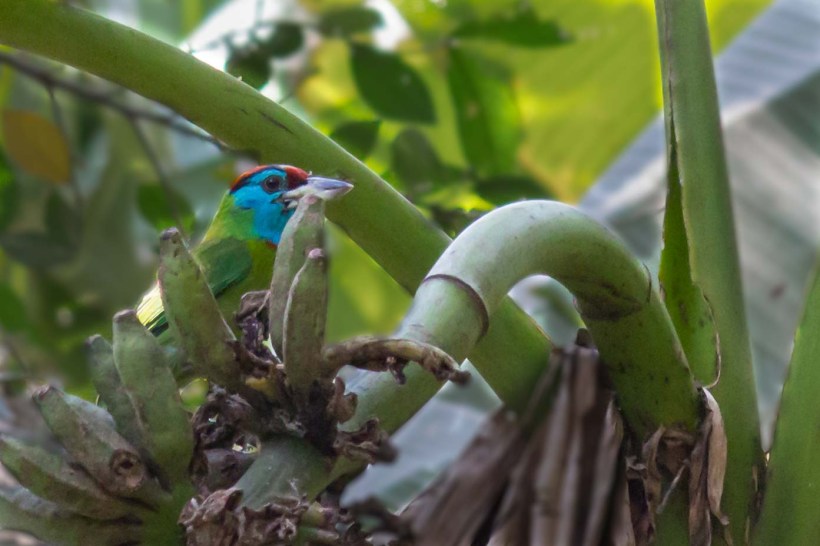
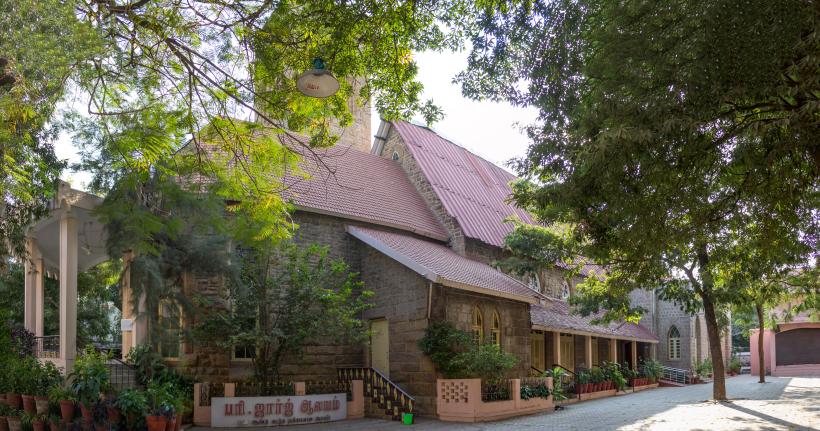
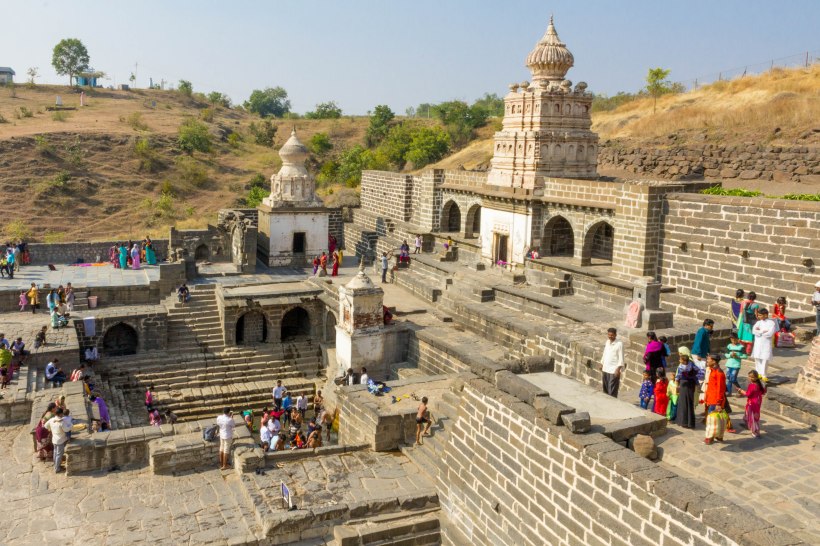
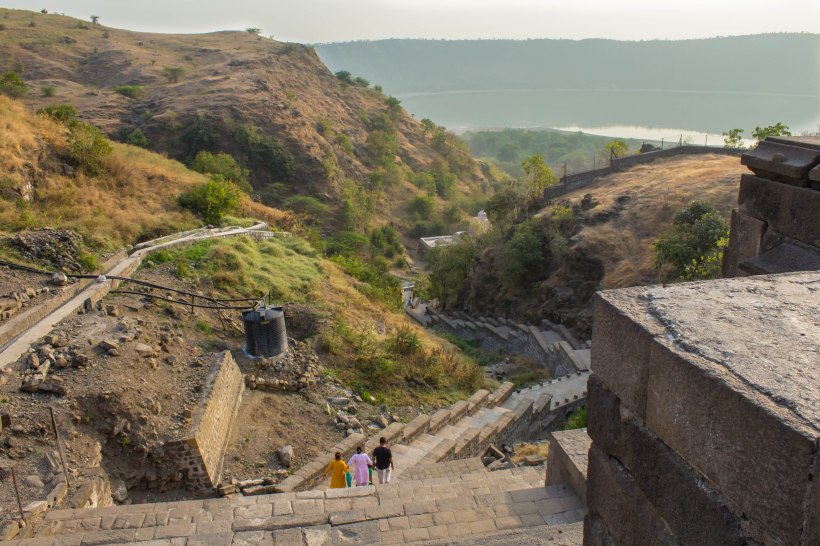
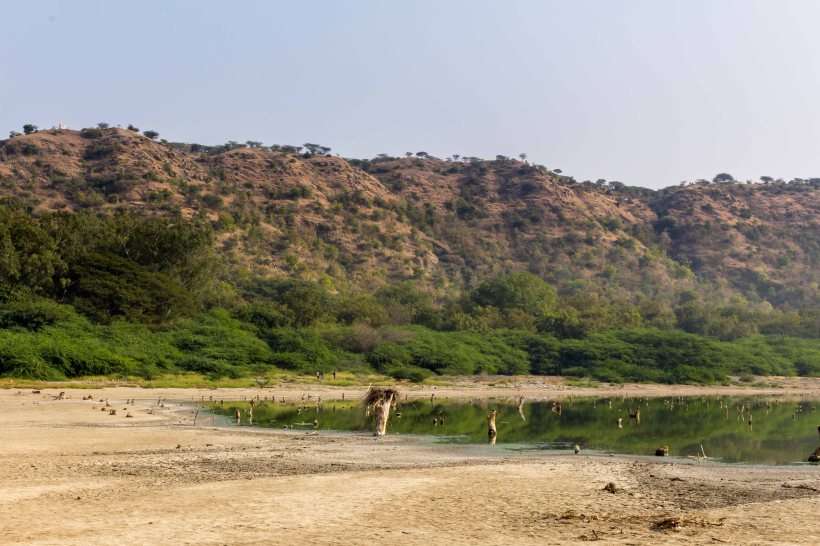

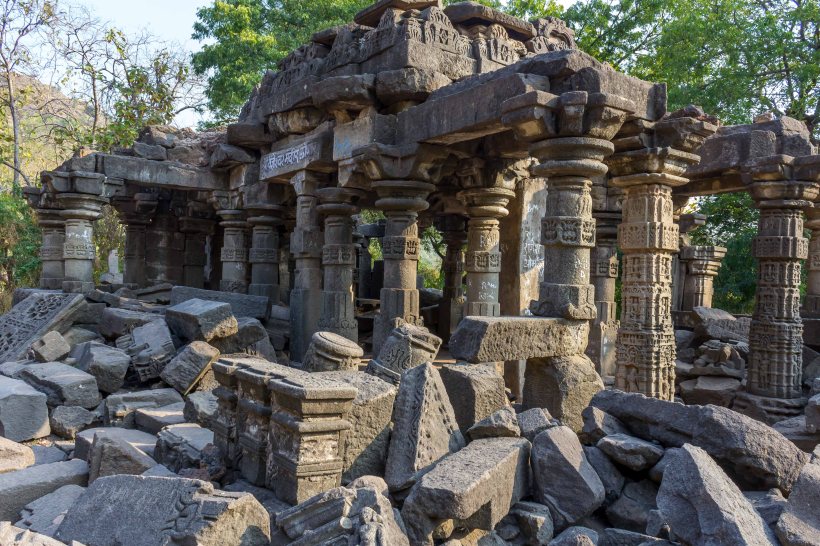
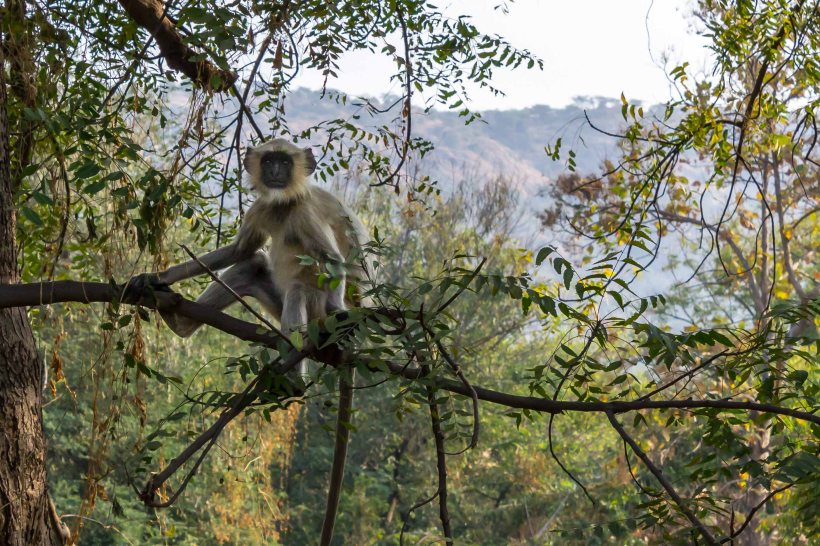
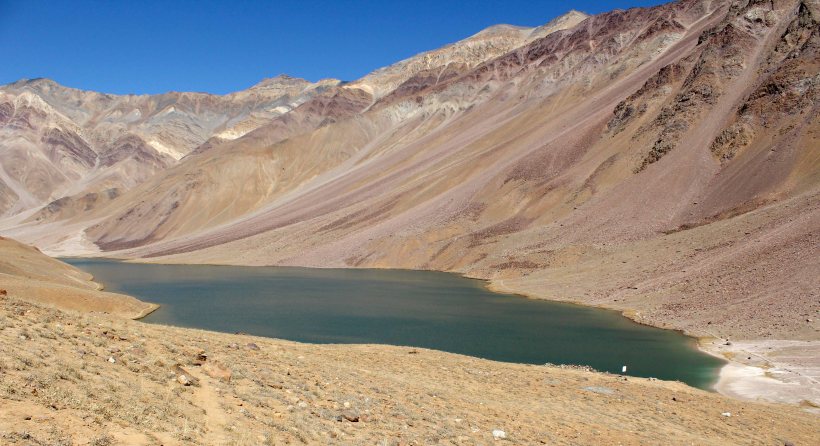
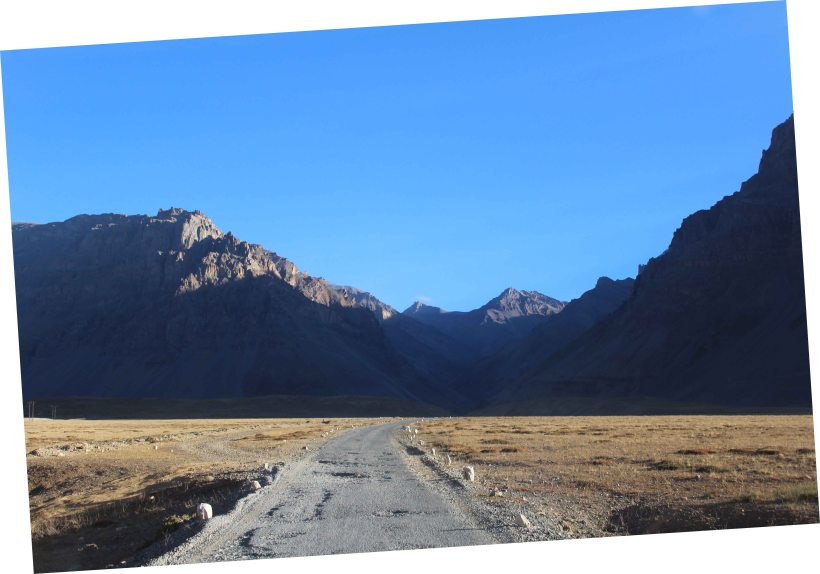
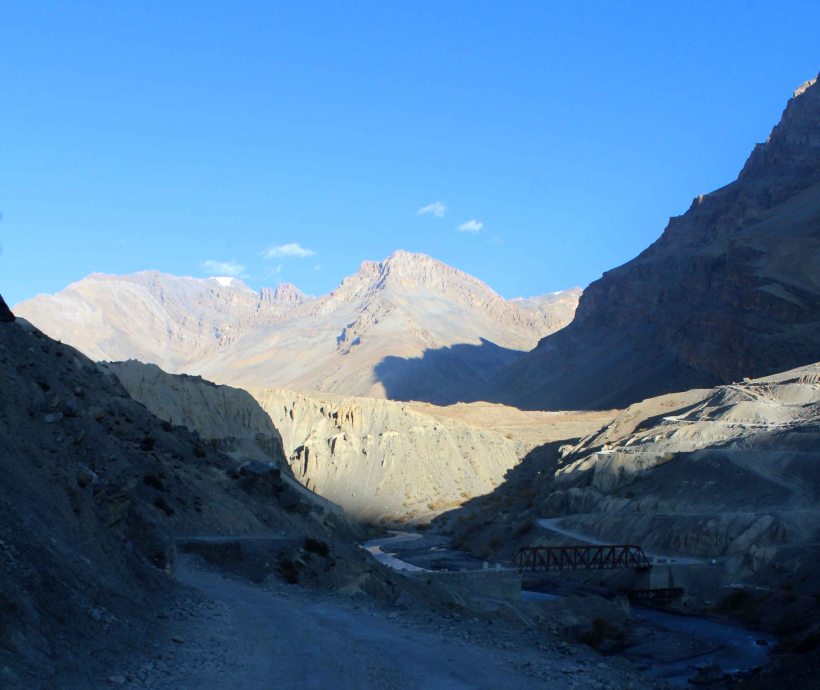
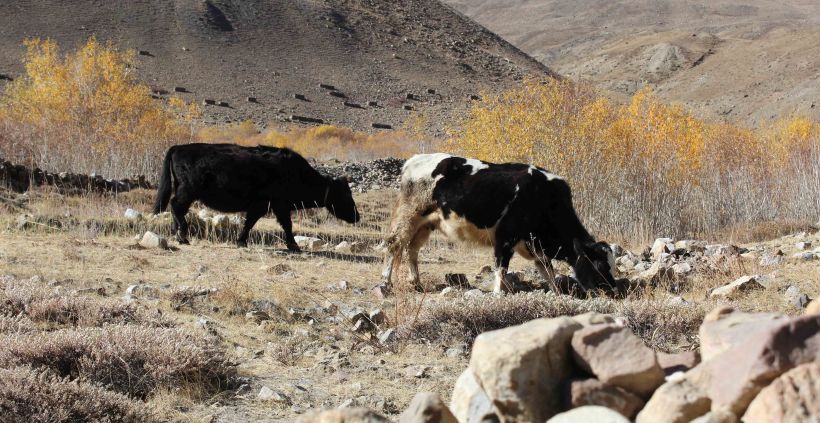
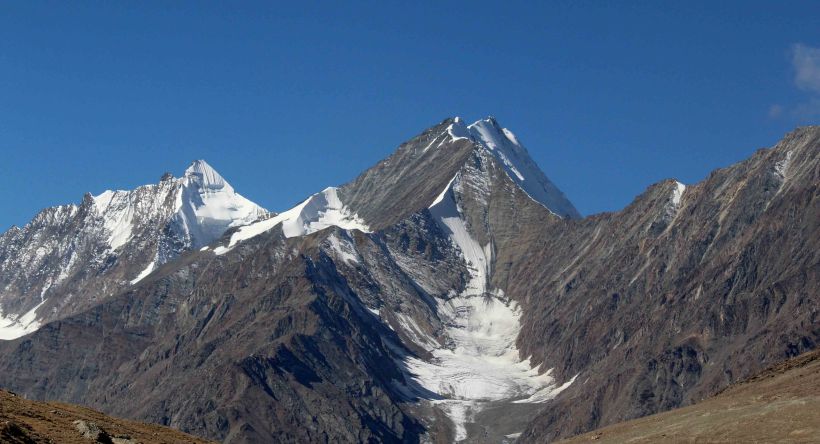
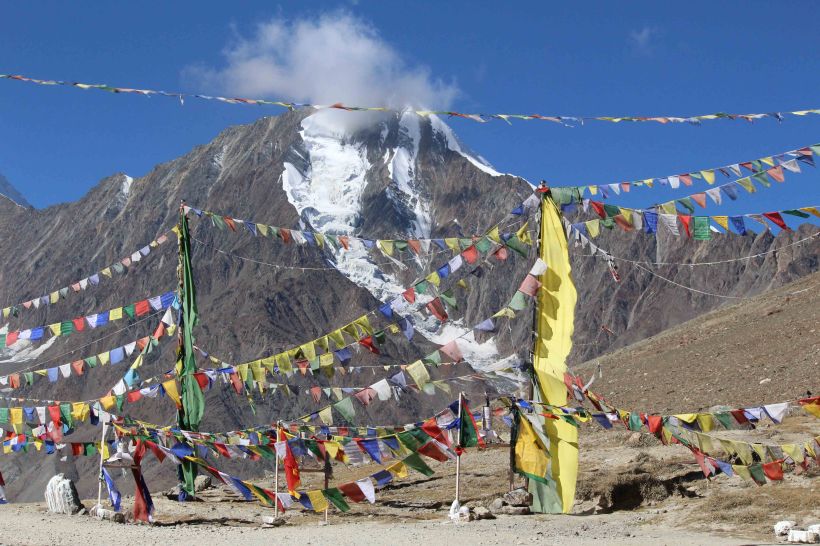
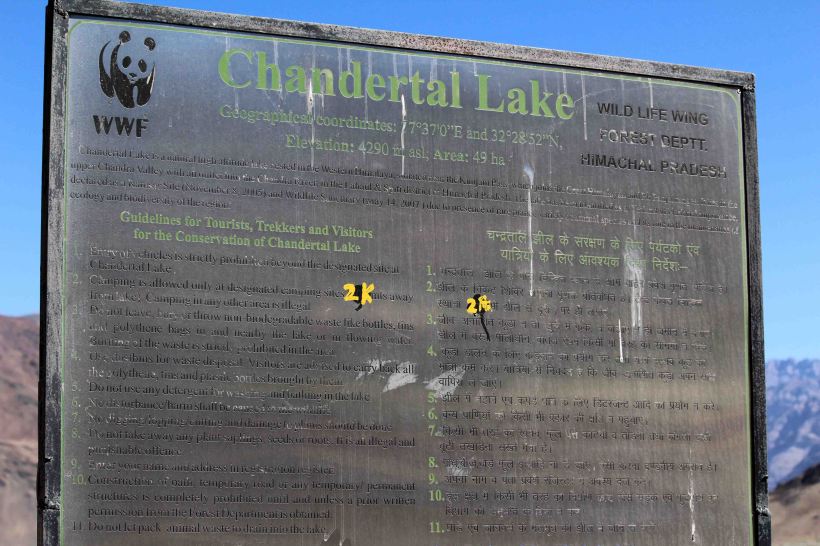
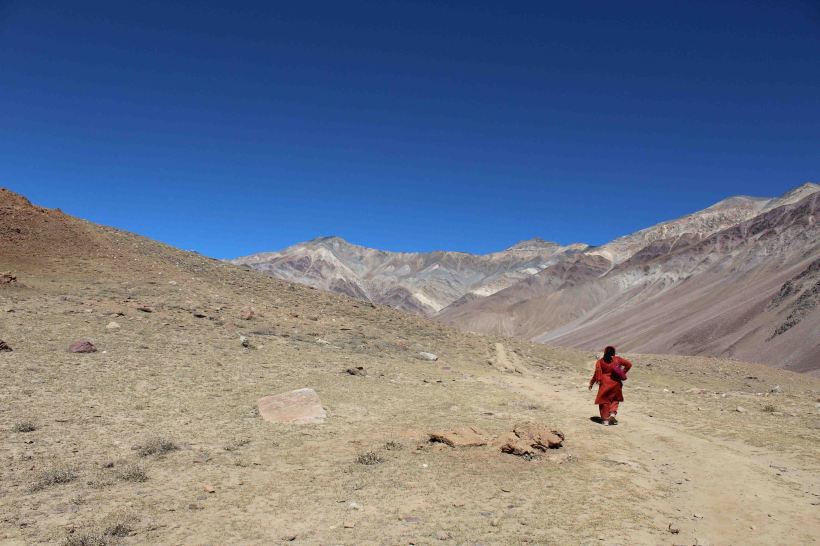
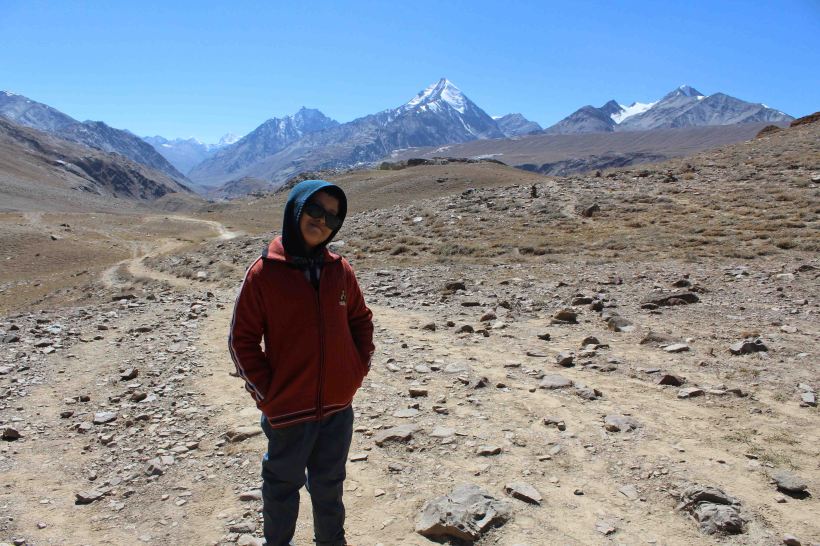
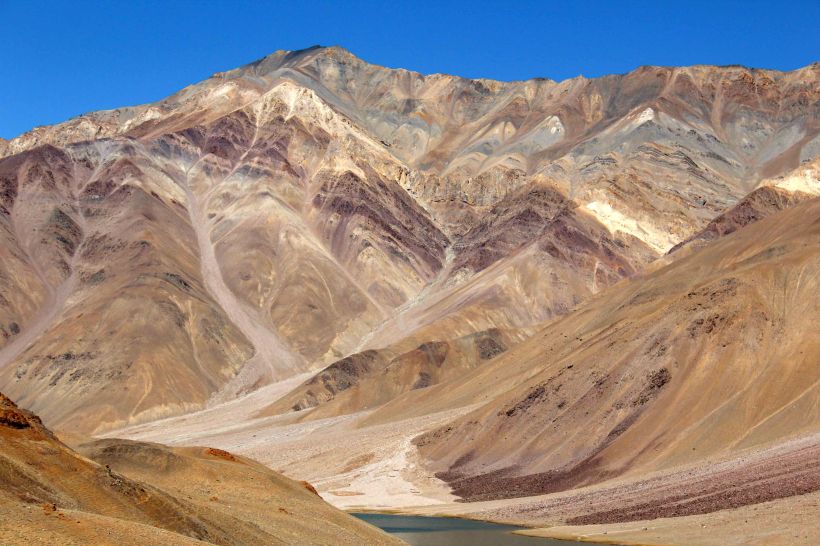
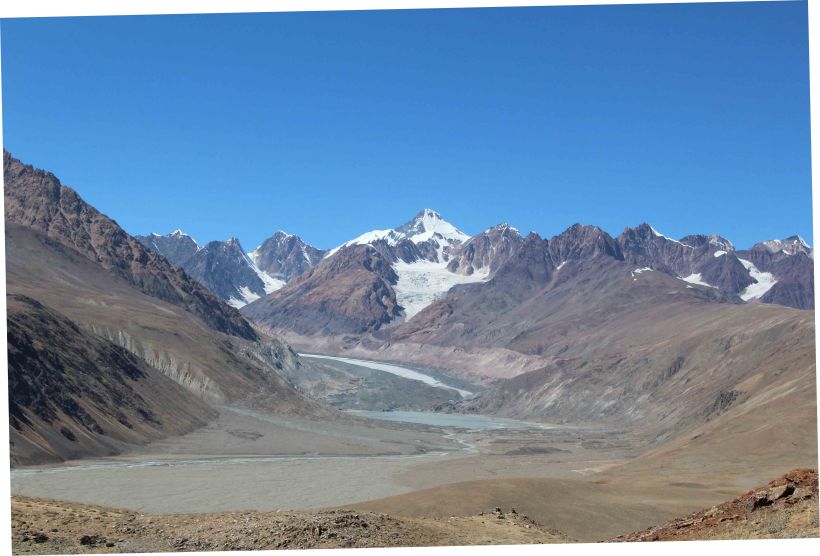
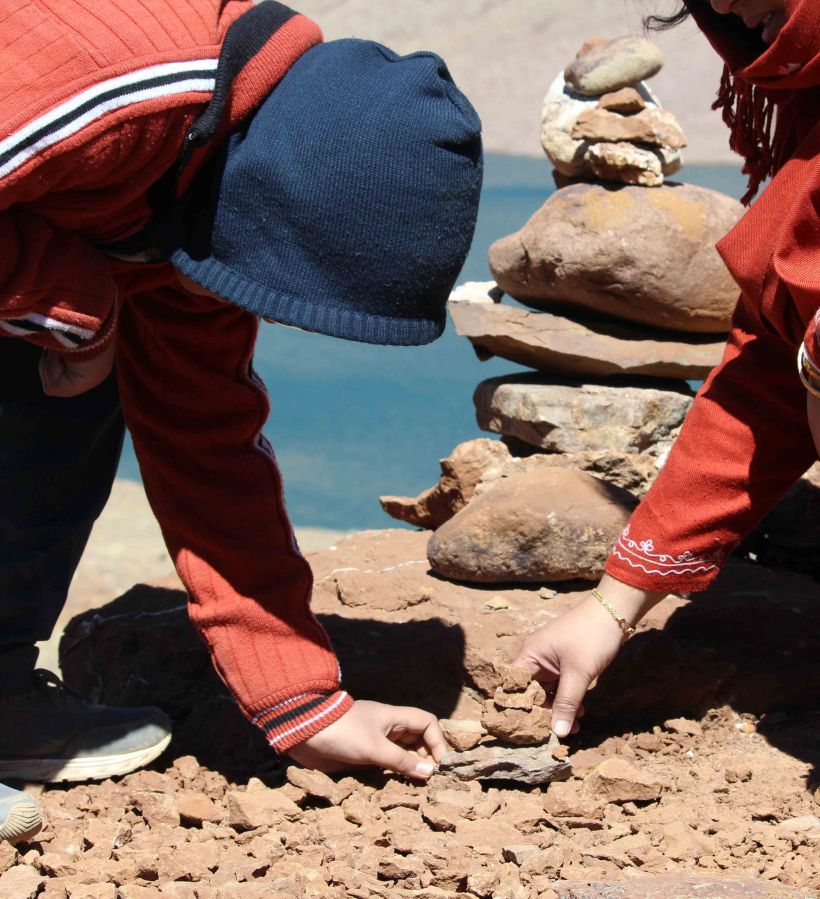
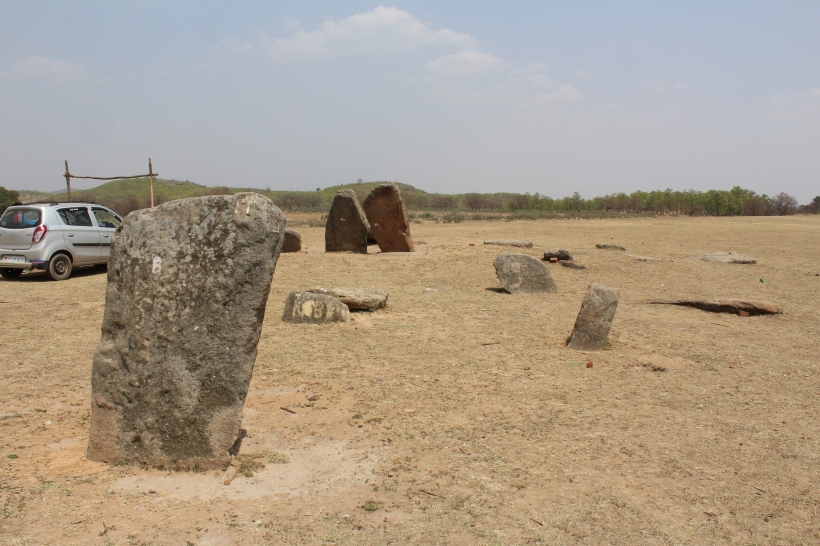
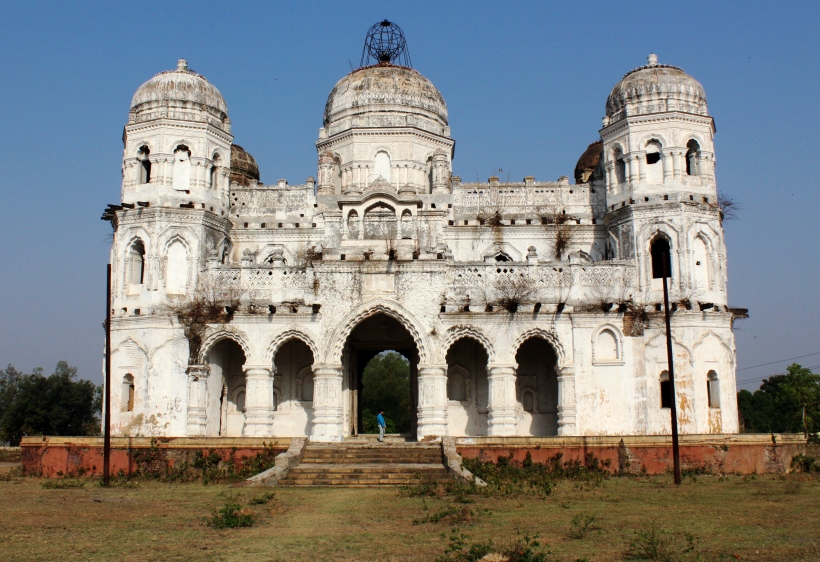
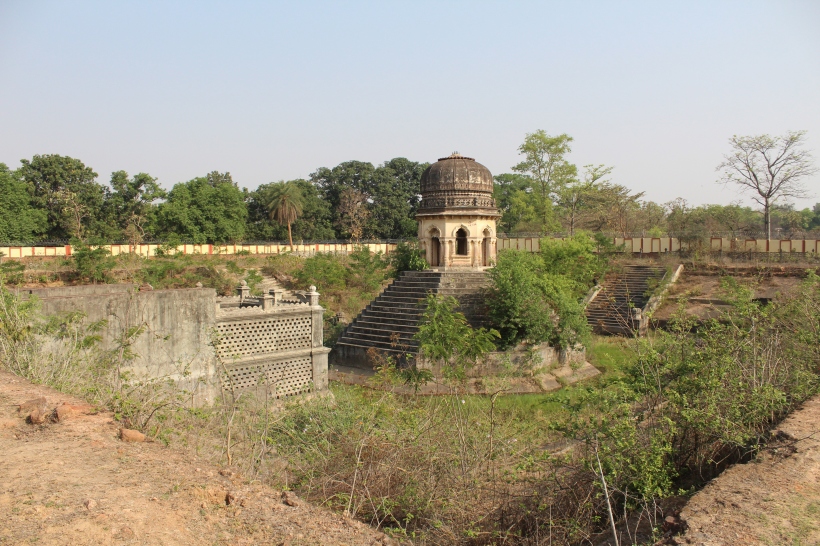
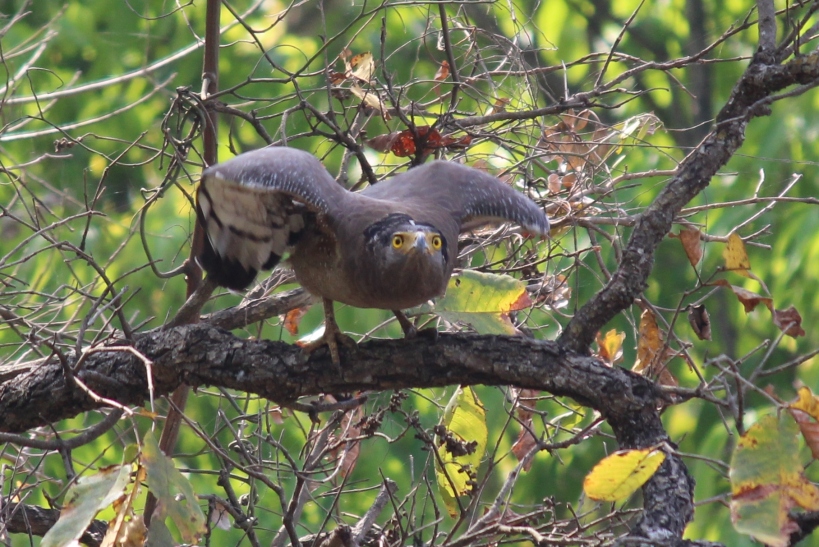
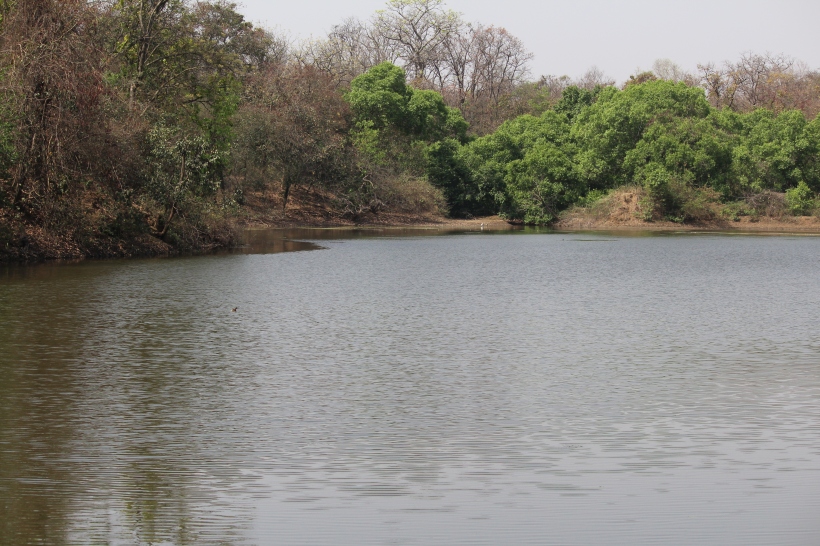
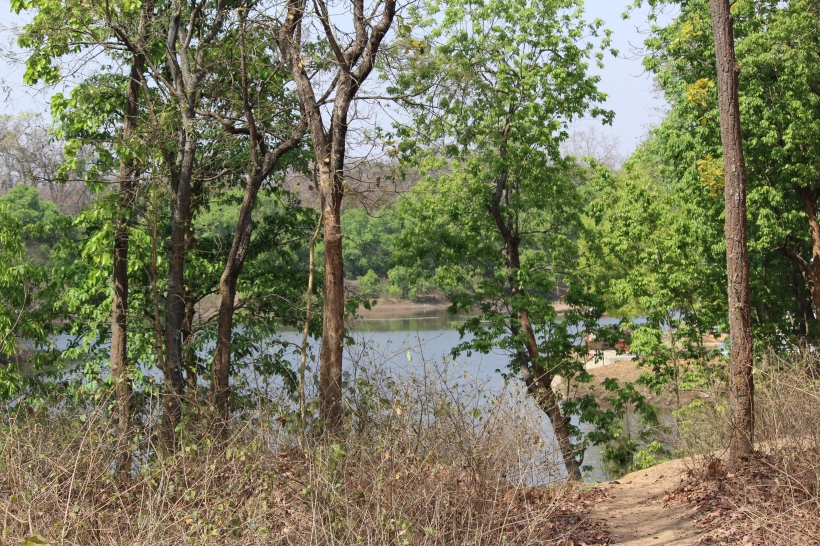 Lake View from Watch Tower
Lake View from Watch Tower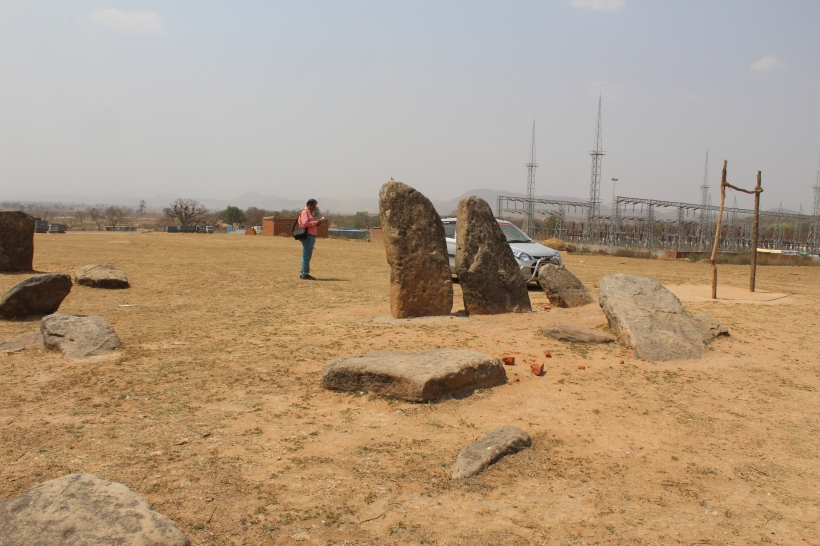














 Hadimba Devi Temple
Hadimba Devi Temple
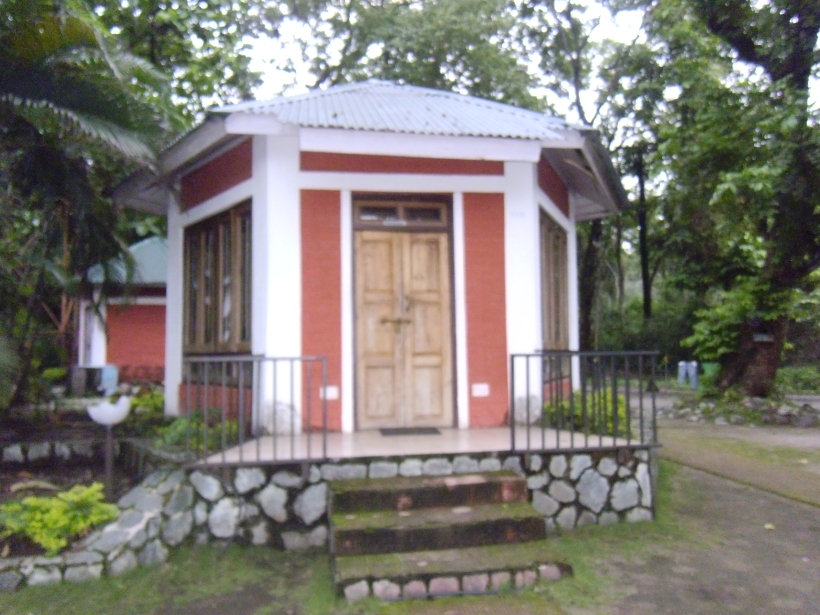 Our stay was made even more comfortable by three nice people who took care of our worldly needs, providing us with steaming food and drinks whenever we requested.
Our stay was made even more comfortable by three nice people who took care of our worldly needs, providing us with steaming food and drinks whenever we requested.